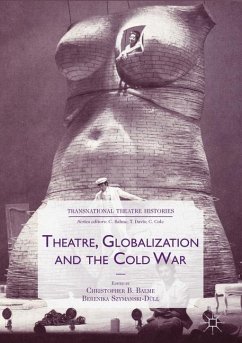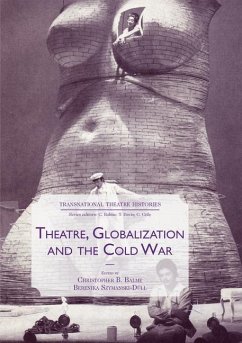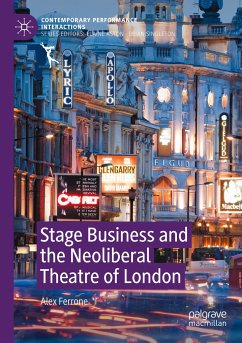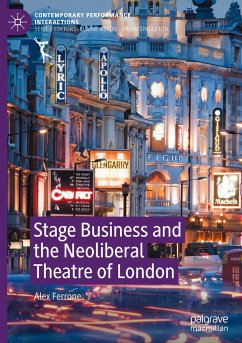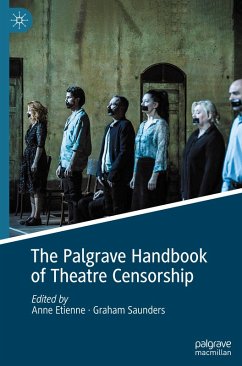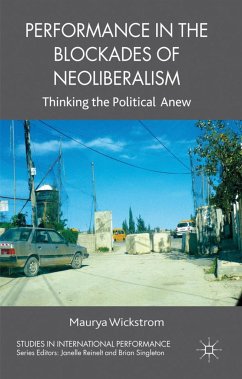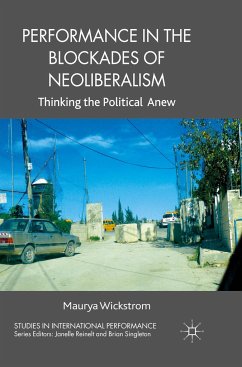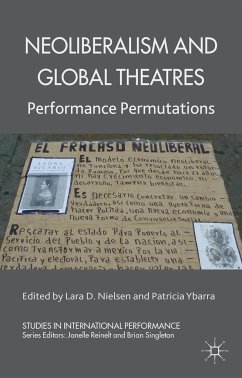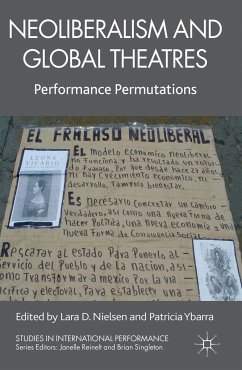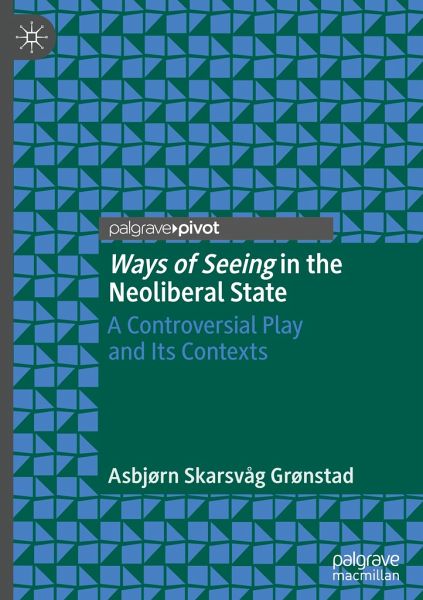
Ways of Seeing in the Neoliberal State
A Controversial Play and Its Contexts

PAYBACK Punkte
23 °P sammeln!
This book focuses on the theme of counter-surveillance in art through a multi-faceted engagement with the highly controversial Norwegian play Ways of Seeing. Denounced by the prime minister and subject to a police investigation, the play gained notoriety when it featured footage showing the homes of the country's financial and political elite as part of its scenography. The book provides a thorough consideration of the work's reception context before elucidating its relation to the politics of neoliberalism. What is foregrounded in this analysis are, first, the use of an aesthetics of sousveil...
This book focuses on the theme of counter-surveillance in art through a multi-faceted engagement with the highly controversial Norwegian play Ways of Seeing. Denounced by the prime minister and subject to a police investigation, the play gained notoriety when it featured footage showing the homes of the country's financial and political elite as part of its scenography. The book provides a thorough consideration of the work's reception context before elucidating its relation to the politics of neoliberalism. What is foregrounded in this analysis are, first, the use of an aesthetics of sousveillance to visualize the material infrastructure of racism and right-wing populism, second, the tangled interrelations of art and law, third, questions of censorship and artistic freedom, and fourth, the promotion of an alternative mode of political governance - grounded in feminism and ecological awareness - through the example of the Rojava experiment.



